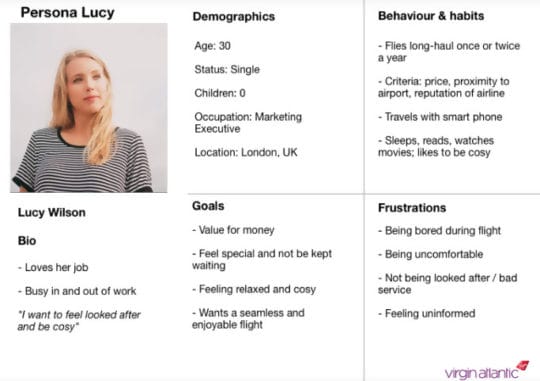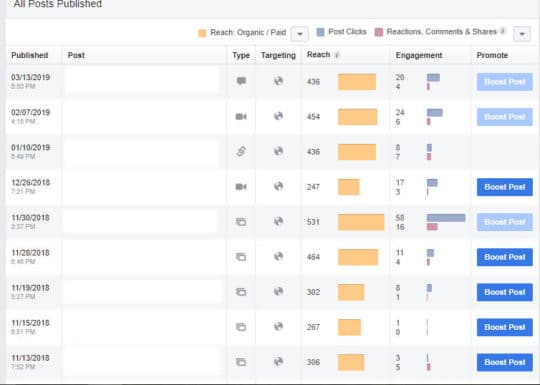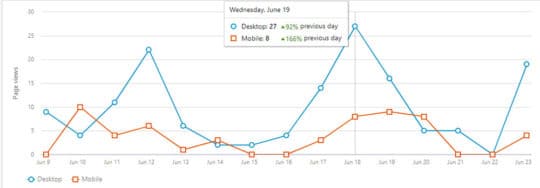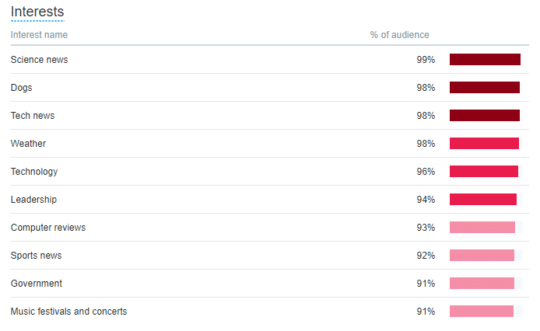Social media is here to stay for a while. And why not? There’s so much information it provides us with, and businesses draw great benefits from brand exposure they get on social media.
The biggest advantage of being active on social media as a business is the abundance of social data and analytics. Using social media for marketing purposes doesn’t only mean getting more likes and shares. It’s also about boosting engagements and seeing what’s working for your business and what’s not. Whatever your marketing-related issue is, social data has a solution to that.
Social Data Statistics

Social media has changed over the past years so much, with so many unique features introduced by each of the platforms. But what should marketers wait for in terms of applying social data to launching marketing campaigns? Let’s take a look.
- Correct timing remains an important part of collecting social data. With 2 billion active social media users, it is important to figure out when your smaller audience is online to read your posts and see your stories. Social data can help you determine the perfect posting time for each of the platforms, which is important for maximum engagement and better brand visibility.
- Correctly applied social data can help improve visibility, which 75% of businesses online already claim they’ve achieved with the help of the information from social media. With the help of data collected from likes, shares, and hashtags your business can get valuable information on which type of posts drive the most engagement.
- Social data I not only collected from likes and shares. A great resource of such information is your customer support service that operates through social media. Over half of social media users interact with brands online, which creates an additional source of social data, helping you figure out how to personalize your marketing campaigns.
Recommended for you: Why Are Website Analytics Important for Web Design, SEO & Marketing?
Now, Let’s Cut to the Chase

How do you apply social data? What steps of your marketing campaign can be completed with the help of data mined from social media?
Let’s take a look.
1. Figuring Out Buyer Personas
Studying your audience and defining your buyer personas is the first step of every marketing campaign. Otherwise, how will you know who’s your target buyer for a particular product?
With defining your audience, you cannot target everyone, it’s not how it works. You should not only have a target group for your marketing campaign but primarily a target buyer persona.

What does that include?
- Demographics: age, sex, average income, location, education, social status, etc.
- Hobbies and interests: list of activities that connect a buyer persona to your products.
- Challenges (Fears/Frustrations): issues that will be resolved with the help of your products.
- Motivations: reasons that may inspire a buyer persona to purchase your products.
- Goals: what the buyer persona expects from your products.
Example? Virgin Atlantic published their buyer persona information, revealing who they are looking up to in their marketing campaigns:
Image credit: Medium
How does social data fit in here?
Every social media platform has its own demographic. You’ll have to take it into account when choosing a dominant social media platform for marketing purposes. After mining social data, you’ll find that Instagram, for instance, is predominantly used by females, while males are fonder of Twitter and Facebook.
Besides, you probably already have a substantial audience on every social platform you’re using. Take a look at what they are interested in, read their comments to find out about their motivations and challenges using your products. This will give you important clues in terms of creating a buyer persona for your next marketing campaign.
2. Driving Engagement
Now, let’s talk posts. How can social data help you figure out the right types of posts that will drive engagement?
All social media platforms have inbuilt data analytics tools. On Facebook, for instance, you can see the most preferred post types:
There’s also a general statistic on how each of your posts performing according to different categories (reach, post clicks, reactions):
LinkedIn social Analytics data can help you figure out, from where your visitors access your profile (mobile or desktop). This can help you adjust your content strategy accordingly.
In general, the audience that uses smartphones to scan through social media posts is bigger than those who use desktop versions of social media platforms. This can be justified by the fact that the interface of all social media platforms was primarily developed for users of mobile devices. So making your content mobile-friendly and keeping all the media (photos, images, and videos) in line with the requirements of mobile versions of social media platforms is important for a successful marketing campaign.
You may like: 8 Ways to Increase Your Brand Awareness on Social Media.
When going to the Audience tab on Twitter Analytics, you can also check out your audience’s interests that drive them to visit your profile, click on posts, and leave their feedback.
This data is closely connected to the hashtags and keywords you’ve used in your posts; this served as a path for Twitter users to find your profile.
How can it help figure out your content plan?
Twitter Analytics conveniently shows the percentage of people who are interested in certain topics of the posts. Increasing the number of posts on particular topics could potentially increase attention to your profile from a particular audience.
Remember: it may seem easier to adjust your marketing campaign based on this social data; you should always keep in mind who your preferred target audience is. Building a marketing strategy just to serve many audiences to get more attention is a threat to your company’s reputation; it can negatively impact your sales.
In general, using inbuilt analytics tools is very convenient as all social data is already mined and served, so to say. All these analytics tools provide you with real-time social data to help you figure out, which types of posts your followers engage in the most. You can also retrieve information from previous posting periods to see what post types were the most engaging during your earlier marketing campaigns.
If you want to get information from several social media platforms, you can use comprehensive tools like Google Analytics, where you can get the data on what’s trending as well as how your followers treat your posts on different social platforms.
3. Keeping Up with Social Media Trends
![]()
Social data can also give you valuable clues on what’s trending on social media. Besides casually going through the Explore page on Snapchat or Discover page on Instagram, you can track social media trends through hashtag performance.
Hashtag analysis is one of the essential steps in preparing a marketing campaign. Successful online companies share how performing hashtag analysis helped them bring their marketing campaigns to success.
“During the prep period of our last marketing campaign we went through hundreds of hashtags, which helped us determine the ones that will work best for our marketing needs”, says Martin Perkins, the head of marketing at the international real estate company Flatfy.
Martin shared that one of the hashtags (#listing) they looked up for the purposes of analysis:
Image credit: Hashtagify.me
The steady performance of this hashtag helped them understand that social media users regularly search for content via this hashtag, giving them the clue about the trends that relate to their industry and incorporate corresponding practices into their marketing campaign.
How else can you obtain social data to analyze hashtags?
- A/B testing. This analytic method can be applied to many spheres, including hashtag analysis. Essentially, you break your content into two parts, applying different hashtags to each of them. Thus, you’ll be able to see, through which hashtags your audience finds you faster, and which ones give you more exposure.
- Online analytics tools. Resources like RiteTag and Keyhole provide you with the data on the most popular hashtags with some paid features for a more in-depth analysis.
- Social media data analytics tools. As we already mentioned, all social media platforms have inbuilt data analytics tools. They not only allow you to study your audience and what content they prefer but also show you how your hashtags are performing.
In general, competitor analysis is an effective way to collect important social data. This can be later applied to your marketing strategy. This way, you learn from the success or mistakes of others. You can not only check out how your competitors are using hashtags but also what kind of posts get the most attention from social media users.
You may also like: Digital Marketing Tips for Startup Seeking Brand Recognition.
Wrapping Up

Social data bring you an abundance of valuable information. This will be helpful on every stage of developing your marketing campaigns. Paying close attention to what it exposes you to will give you the necessary clues to determine what will help you make your marketing campaign successful.
This article is written by Kate Khom. Kate is a passionate writer who likes sharing her thoughts and experience with the readers. Currently, she works as a real estate agent, you can check Flatfy. She likes everything related to traveling and new countries.











